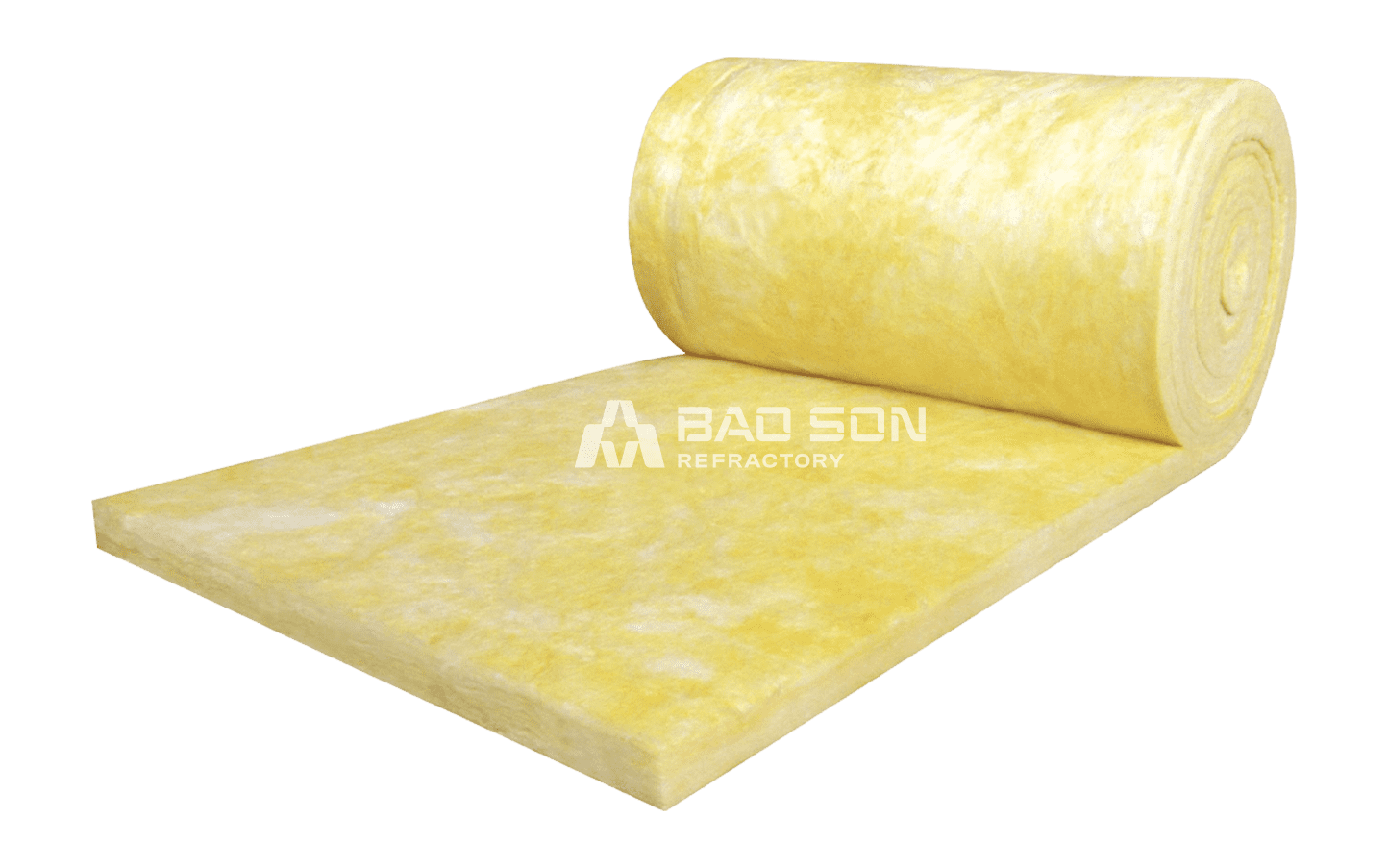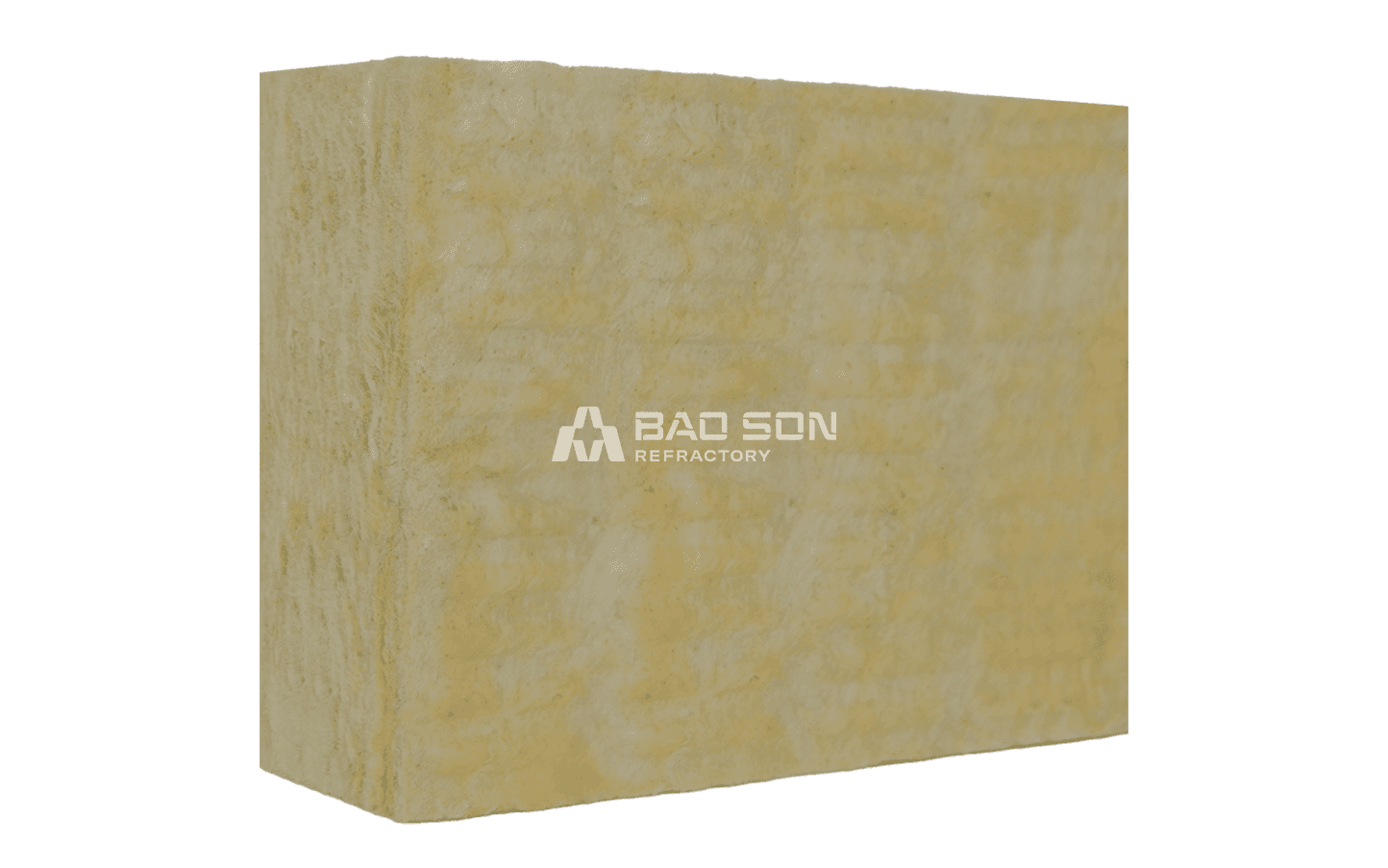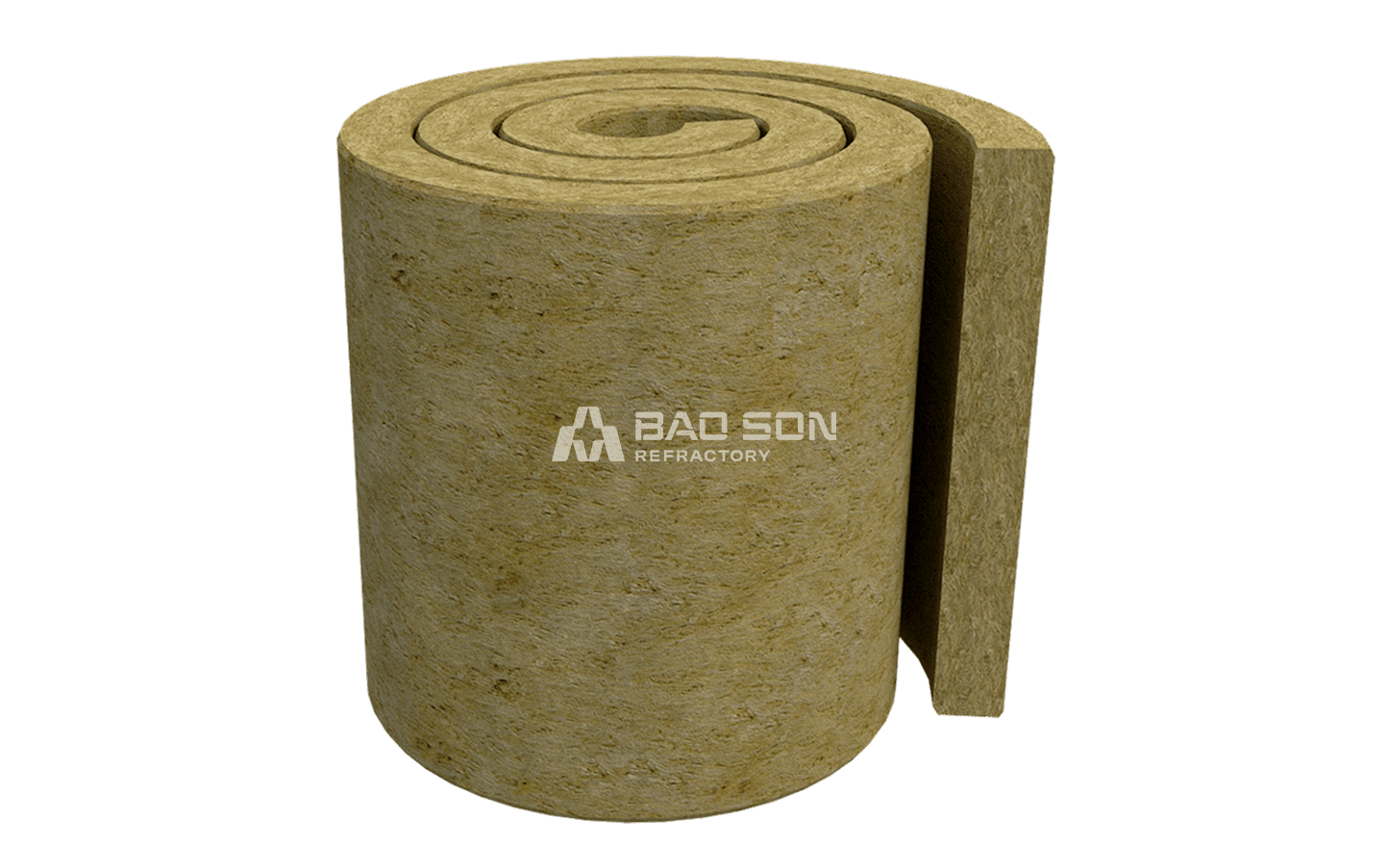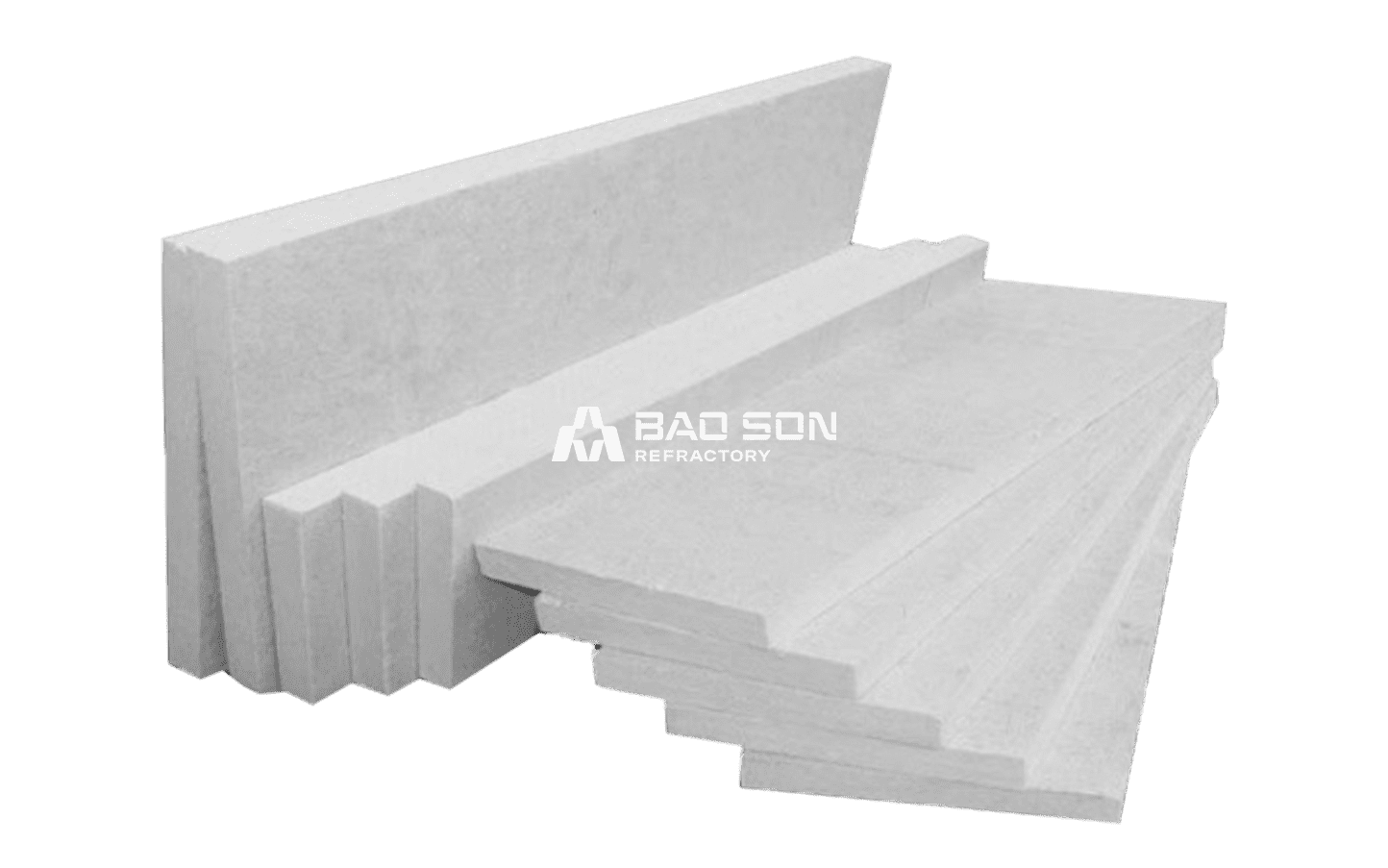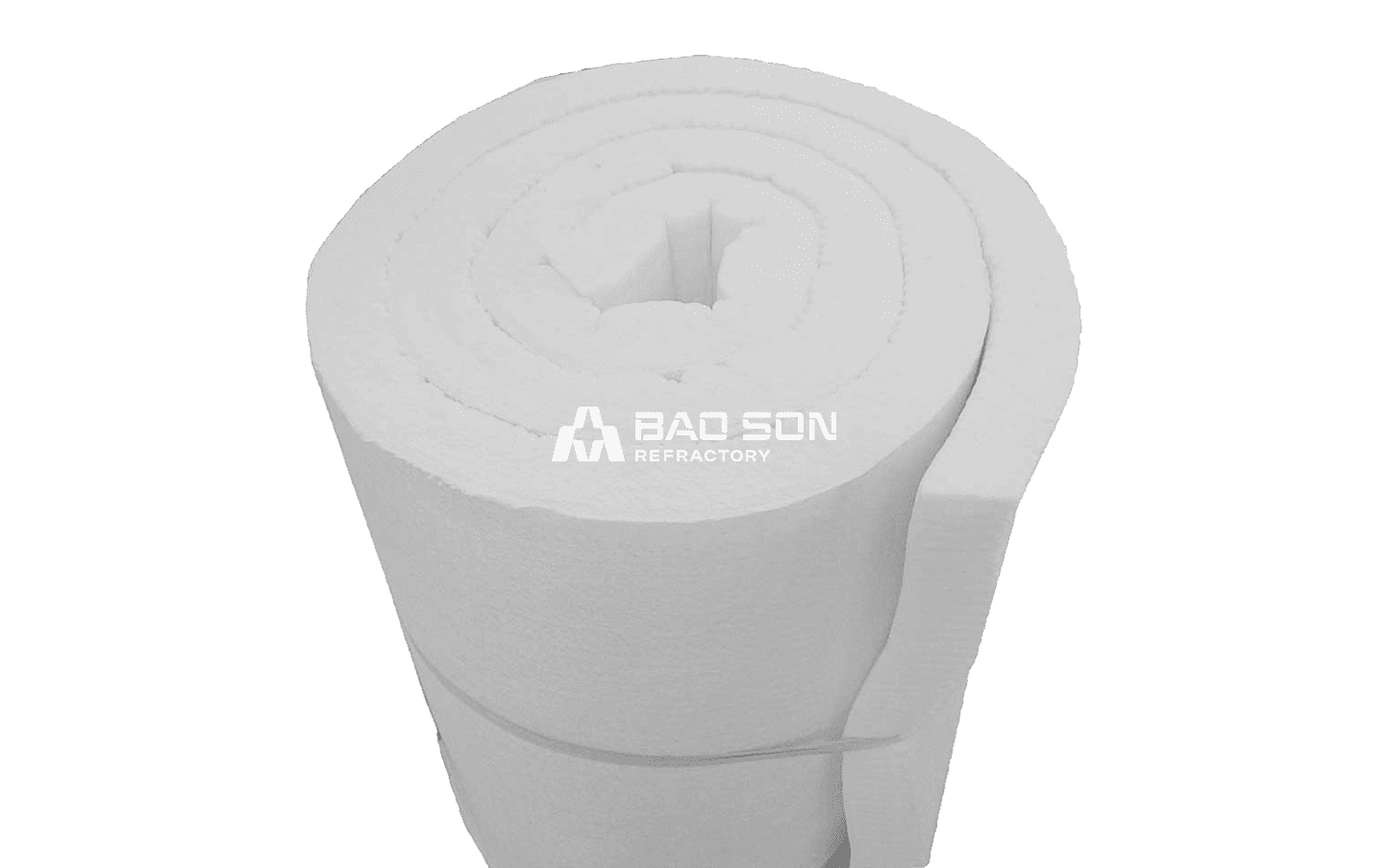

Insulated cotton: The Optimal Solution for Heat and Sound Insulation
Among modern construction materials, thermal insulation wool has become increasingly popular thanks to its excellent thermal insulation, soundproofing, fire resistance, and flexibility, making it easy to apply during installation. Let’s explore this product in more detail with Bảo Sơn.
Introduction to Thermal Insulation Wool
Thermal insulation wool is a building material synthesized from clay, stone, slag, and various other components. Its primary constituents include metal oxides, calcium silicate, aluminum, among others. The wool is known for its outstanding thermal insulation, soundproofing, fire resistance, and electrical insulation properties.
The product is highly flexible, elastic, and easy to use in different types of construction projects. It is produced in a variety of forms and is non-toxic and safe for human health. Depending on specific requirements, users can choose the type of insulation wool that best suits their application.

Common Types of Insulation Wool
There are many types of insulation wool, each catering to different customer needs. The most commonly used types include:
Glass Wool (Glasswool)
Glass wool is a construction material made from stone, clay, slag, and compounds such as calcium silicate and aluminum. It is manufactured in various forms including rolls, batts, tubes, and available with or without foil facing to meet different usage demands.
Rock Wool (Rockwool)
Made from molten rock and ore spun into mineral fibers, Rockwool offers superior heat and sound insulation, excellent sound absorption, and high durability in harsh environments. It is available in slab, roll, and pipe forms with various sizes and densities to suit different applications.
Ceramic Fiber Wool
Ceramic fiber wool is made from synthetic fibers, commonly referred to as ceramic fibers. It is produced using advanced technology and typically consists of alumino-silicate (Al₂O₃·SiO₂). Available in loose, roll, and board forms, ceramic wool comes in a range of thicknesses and densities.
Typical Applications of Insulation Wool
Thanks to its heat, sound, and electrical insulation capabilities, insulation wool is widely used across many sectors. Common applications include:
- Thermal insulation for HVAC systems: Due to its thermal retention properties, insulation wool is commonly used in air conditioning systems, ventilation ducts, and cold storage rooms to maintain consistent temperatures, reduce energy loss, and improve equipment efficiency.
- Acoustic insulation in entertainment spaces: In karaoke rooms, bars, and studios, insulation wool helps absorb sound and block noise, creating a quiet environment and enhancing sound quality for users.
- Heat protection for buildings: It is widely used in industrial factories and residential buildings, especially in roof and wall areas exposed to sunlight. The wool helps reduce indoor temperatures, creating a cooler and more comfortable living or working space.

With its excellent performance and cost-effectiveness, insulation wool is a practical solution widely applied in today’s construction and industrial sectors. For more information or to make a purchase, please contact Bảo Sơn Company, where our dedicated team will provide detailed advice to help you choose the most suitable product for your needs.


